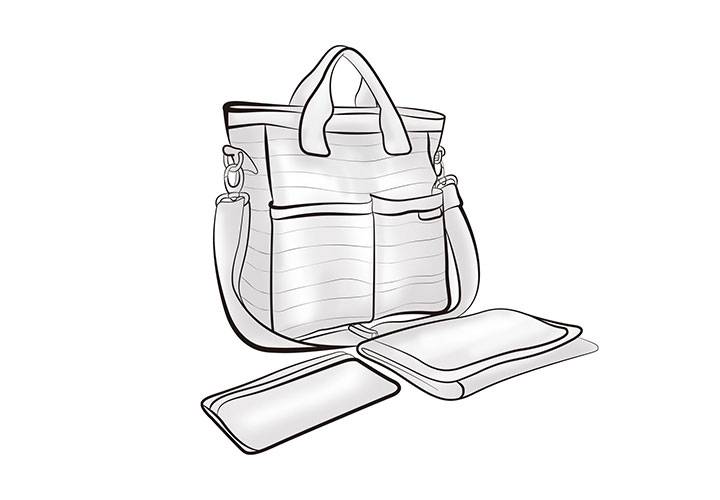Blogs & News
We have a lot of ideas and know-how about bags, material sourcing, sampling, production and a whole host of bag-related topics that we would like to share with you.
Why Product Design is Crucial for DTC Brands
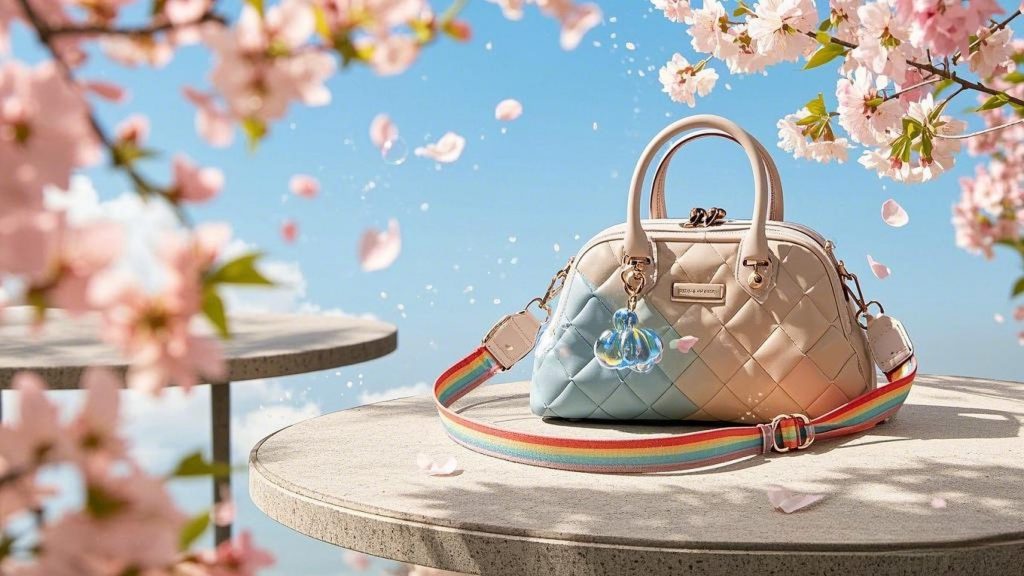
In today’s competitive consumer market, Direct-to-Consumer (DTC) brands are rising at an unprecedented pace. These brands bypass traditional retail channels by selling directly to consumers, which allows them to create more efficient value delivery and build closer customer relationships. However, in a market saturated with options and transparency, offering just a “good product” is no longer enough to stand out. Product design has become one of the key drivers for DTC brands to gain a competitive edge.
Here are several reasons why product design is crucial for DTC brands:
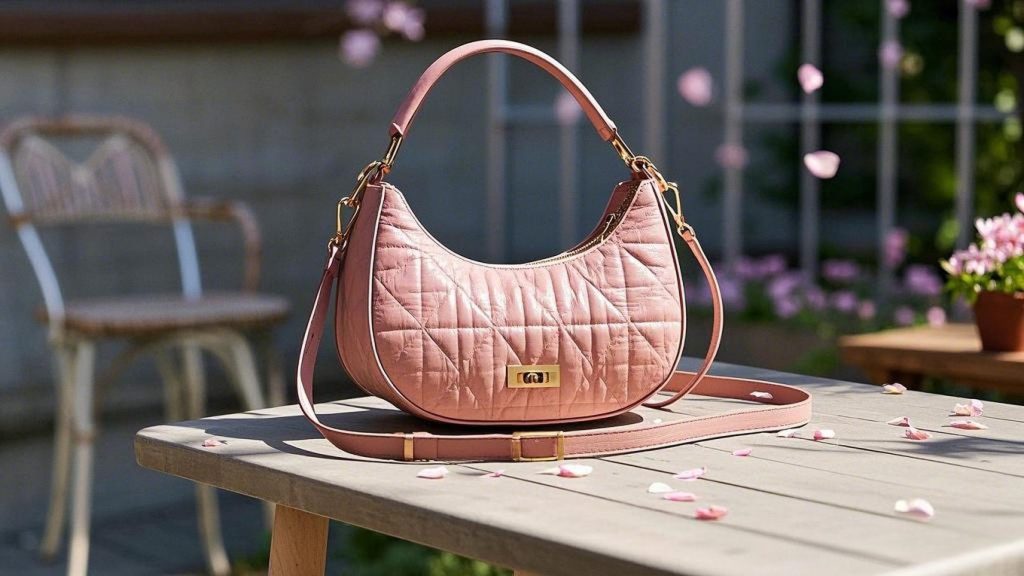
1. Product Design is the Brand’s “First Language”
Consumers’ first interaction with a brand is often through the visual and tactile experience of the product. For DTC brands, the appearance, material, and functional design of the product are their primary modes of communication with consumers.
- Attracting Attention: A unique and refined design can immediately capture consumers’ attention on a store shelf or e-commerce page. For instance, a brightly colored, uniquely shaped handbag is more likely to spark a click and purchase than a generic design.
- Shaping Brand Identity: A well-executed design not only conveys a product’s functionality but also communicates the brand’s values and personality. For example, minimalist designs often evoke high-end, modern brand identities, while retro designs may elicit nostalgic emotions.
2. Design is the Key to Differentiation
DTC brands usually don’t have the long-standing legacy or massive advertising budgets that traditional brands enjoy, so they need to differentiate themselves in other ways. Design is one of the most immediate and cost-effective tools to achieve this.
- Breaking the Homogeneity: The market is flooded with similar products, but great design helps brands stand out from the crowd. For example, a handbag with an innovative modular design that allows users to customize the bag’s accessories will leave a lasting impression.
- Targeting Niche Markets: By creating designs tailored to specific consumer needs, DTC brands can break into niche markets. For example, designing lightweight, professional commuter bags for career women or multi-functional diaper bags for young mothers can attract highly targeted customer segments.
3. Meeting Consumers’ Emotional Needs
Modern consumers are increasingly focused on expressing their individuality and forming emotional connections with brands. They want products that not only solve problems but also reflect their identity and values.
- Telling a Story: Great design is not just about aesthetics—it’s a powerful vehicle for telling a brand’s story and communicating its mission. For example, an eco-friendly handbag made from recycled materials and crafted with artisanal techniques can convey the brand’s commitment to sustainability.
- Evoking Resonance: When design touches consumers emotionally, it transcends being just a product and becomes a symbol. For example, a handbag inspired by female empowerment can resonate deeply with the target audience, making them feel understood and valued.
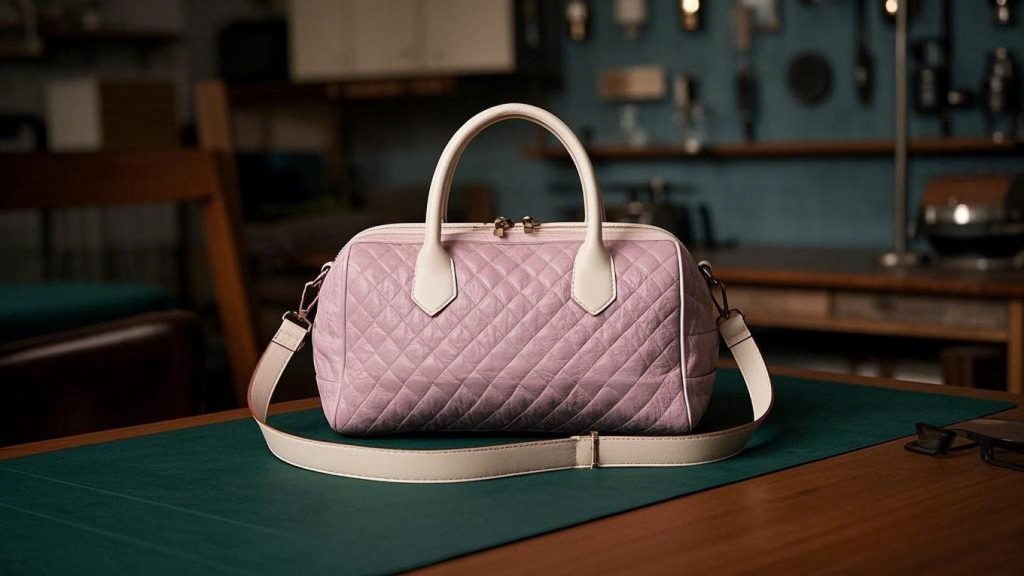
4. Enhancing the User Experience
One of the core advantages of DTC brands is their ability to engage directly with consumers. This allows brands to better understand real-world user needs and optimize product design to improve the user experience.
- Functional Design: An excellent handbag design is not only visually appealing but also practical. For example, adding hidden anti-theft pockets, adjustable shoulder straps, or water-resistant coatings can make the product more suitable for daily life.
- Ergonomics: Comfort is another key aspect of design. Lightweight designs can reduce the burden of carrying a bag for extended periods, while ergonomically designed handles can improve the comfort and ease of use.
- Scenario Adaptability: Different occasions call for different product designs. A crossbody bag for daily use and a mini clutch for an evening event, though designed for different purposes, must both be carefully crafted to meet their specific needs.
5. Amplifying Social Media Shareability
DTC brands are highly dependent on digital marketing and social media promotion, and great design inherently has the potential for “viral” spread.
- Visual Impact: A uniquely designed handbag with bold colors or distinctive features is more likely to be noticed on platforms like Instagram or Pinterest. Consumers are willing to share their photos, bringing organic exposure to the brand.
- Influencer Effect: Many DTC brands collaborate with influencers to promote their products. When a product has excellent design, it naturally attracts more influencers to showcase the product, thus expanding its reach.
- UGC (User-Generated Content): When consumers are inspired to share photos or videos of themselves with the product, it serves as authentic, word-of-mouth marketing that creates further brand credibility and exposure.
6. Supporting Premium Pricing
For DTC brands, pricing strategy directly impacts profitability. Exceptional design can contribute significantly to the perceived value of a product, enabling a higher price point.
- Perceived Value: Consumers are often willing to pay more for a product that “looks expensive.” For example, a handbag crafted from premium leather with meticulous stitching and gold-tone metal accents may have a high-end appeal, even if the production costs are relatively low.
- Scarcity: Limited edition designs or customizable products create a sense of rarity, boosting the product’s perceived value and allowing for premium pricing. For instance, seasonal collections or collaboration bags are often sold at higher prices but remain in high demand.
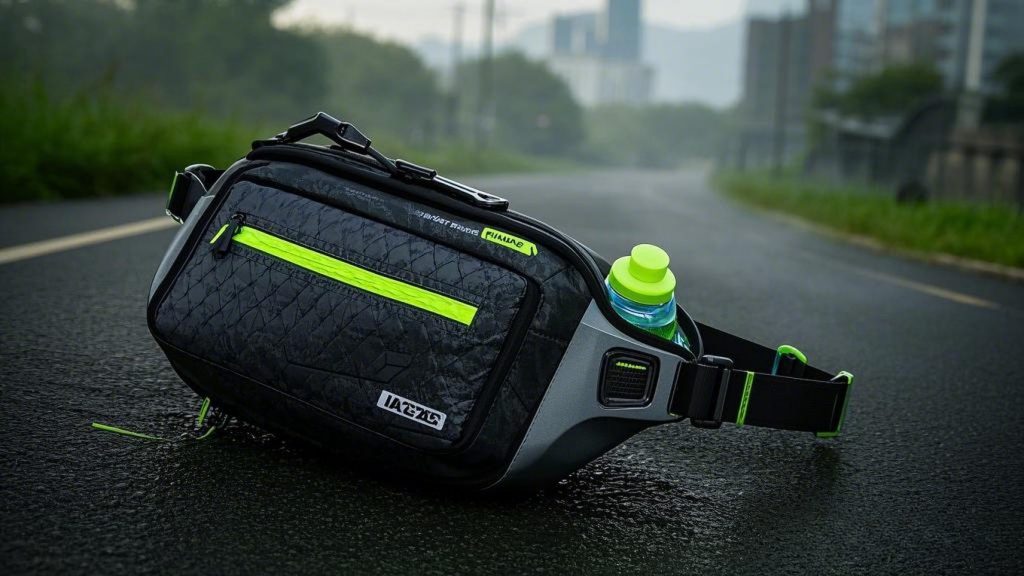
7. Adapting to Rapidly Changing Market Demands
DTC brands are known for their agility and flexibility, and design plays a key role in enabling them to quickly adapt to market trends.
- Fast Response to Trends: The fashion industry is fast-moving, and only brands that keep up with or even lead trends can stay competitive. By quickly adjusting their design approach, DTC brands can introduce products that are in line with current consumer preferences.
- Testing and Iteration: Digital tools and data analysis allow DTC brands to quickly test designs on a small scale and optimize products based on real customer feedback. This iterative approach significantly reduces the risk of failure.
8. Building Long-Term Loyalty
Great design not only attracts new customers but also fosters customer loyalty over time.
- Repeat Purchases: When consumers resonate with a brand’s design style, they are more likely to return for future purchases. For example, a customer who appreciates a particular handbag design might be inclined to buy from the brand’s other collections.
- Word-of-Mouth: Satisfied customers often recommend products to their friends and family. If the design is exceptional, this organic word-of-mouth can bring in a steady stream of new customers.
9. Driving Sustainability
With growing environmental awareness, consumers are increasingly choosing brands that align with their values. Design plays a crucial role in the sustainability equation.
- Use of Eco-Friendly Materials: By incorporating sustainable materials like recycled plastics, plant-based leathers, or biodegradable fabrics, brands can reduce their environmental impact while appealing to eco-conscious consumers.
- Extending Product Life: Classic, timeless designs often endure beyond fleeting fashion trends, making products more durable and less likely to be discarded.
- Waste Reduction: Modular designs or detachable components allow consumers to repair rather than discard products, further promoting sustainability and reducing waste.

Conclusion
The importance of product design for DTC brands cannot be overstated. It is not just about attracting consumers—it’s about differentiating your brand, enhancing user experience, and building emotional connections with customers. As the market becomes more saturated with options, only those brands that truly understand consumer needs and craft designs that resonate emotionally will earn long-term loyalty.
At SingYoung, we understand the power of design in shaping successful products. If you’re looking for a reliable partner to help you turn your design ideas into functional, beautiful handbags, we’re here to help. Let’s work together to bring your vision to life and create products that will captivate your customers.

